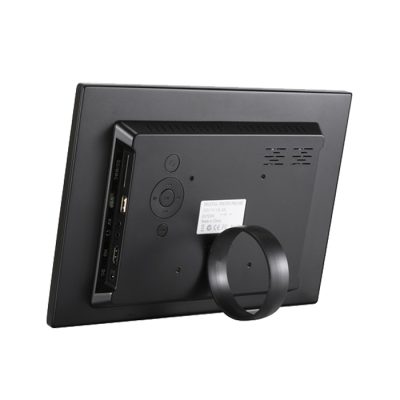Choosing the right poster frames for educational spaces, such as classrooms, libraries, or school corridors, is essential for creating an engaging and informative environment. Here are some considerations and ideas for selecting poster frames for educational settings:
- Durable Materials: In high-traffic educational spaces, durability is key. Opt for frames made from robust materials like metal or plastic that can withstand wear and tear. Avoid frames that are easily breakable or prone to damage.
- Easy to Clean: Educational spaces can get dirty quickly, so choose frames that are easy to clean. Frames with smooth surfaces or those made from materials that can be wiped down with a damp cloth are a good choice.
- Color Coordination: Consider the color scheme of the room when selecting frames. Coordinating the frame color with the room’s decor can create a harmonious and visually appealing environment.
- Size Variety: Educational spaces often require different poster sizes to accommodate various content. Choose frames that come in a range of sizes to accommodate posters of different dimensions.
- Frame Styles: Select frames that align with the overall style of the educational space. For a classic and timeless look, choose traditional wooden frames. For a more modern and sleek appearance, opt for metal or acrylic frames.
- Matting Options: Consider frames with matting options, especially for displaying educational posters with important information. Mats can help draw attention to the content and make it more readable.
- Poster Protection: To protect posters from damage and wear, consider frames with UV-protective glazing. This helps prevent fading caused by exposure to sunlight.
- Safety Considerations: In spaces where safety is a concern, like elementary schools or preschools, choose frames that have rounded or blunt edges to minimize the risk of injury.
- Accessibility: Ensure that the posters are mounted at an appropriate height for the intended audience. In classrooms, for example, posters should be easily visible to both students and the teacher.
- Interactive Frames: Consider frames that allow for interactivity, such as frames with a clear plastic front that can be written on with dry-erase markers. This can be useful for educational activities and demonstrations.
- Posters with a Purpose: Use frames strategically to display educational content that enhances the learning environment. This could include science diagrams, historical timelines, maps, motivational quotes, or student artwork.
- Rotating Displays: If space permits, consider using frames that allow for easy poster rotation. This way, you can periodically change the content to keep the educational space fresh and engaging.
- Maintenance and Accessibility: Ensure that the frames are easy to open and close for poster replacement. This makes it convenient for educators or staff to update the content as needed.
- Consider Budget: Keep budget constraints in mind when selecting frames. There are cost-effective options available that still offer durability and functionality.
By carefully selecting poster frames that align with the needs and aesthetics of the educational space, you can create an environment that enhances learning and engagement for students and visitors alike.

















